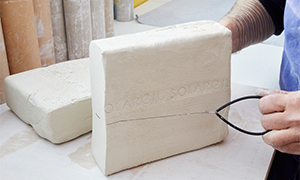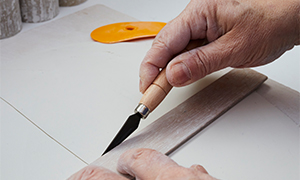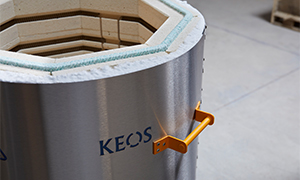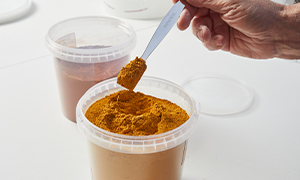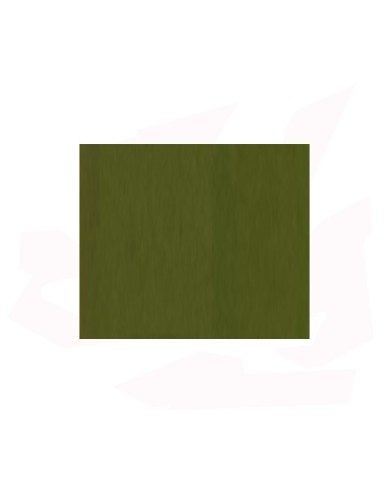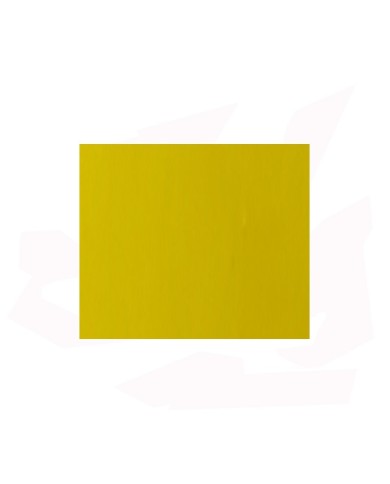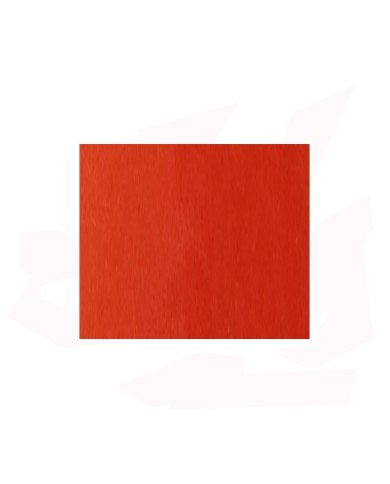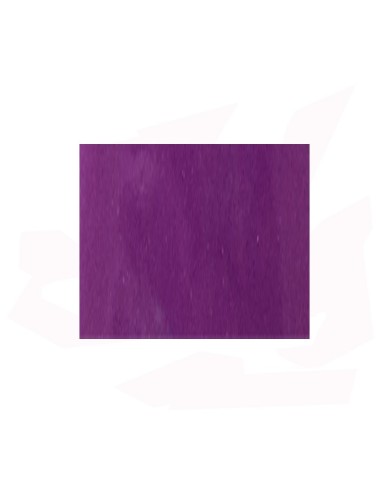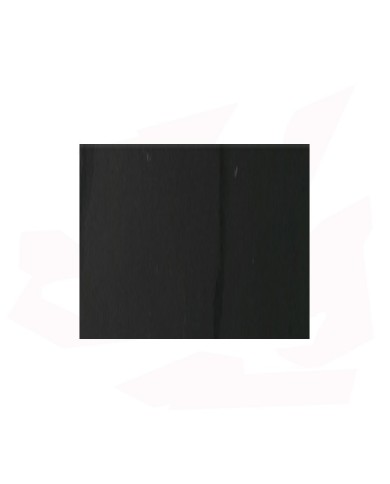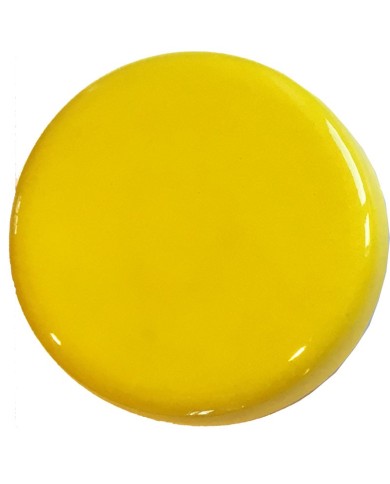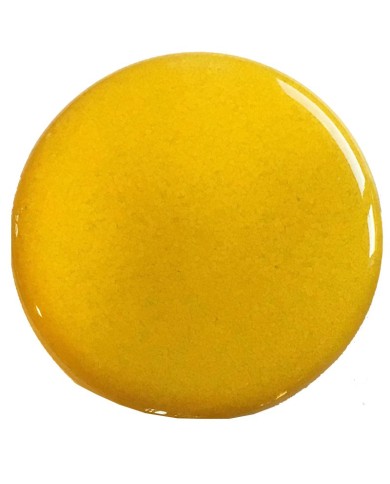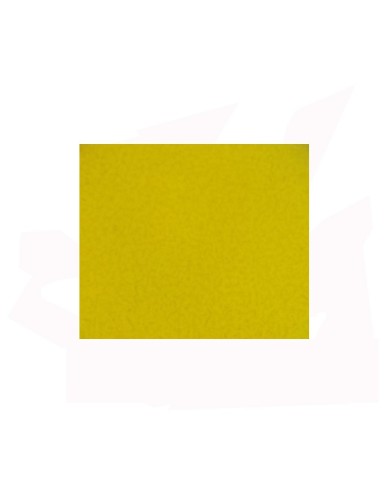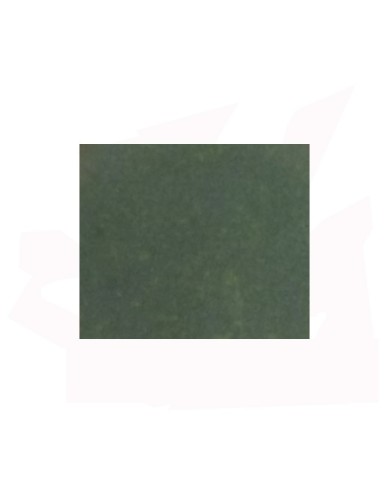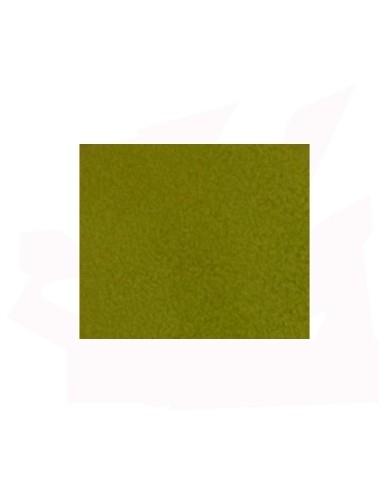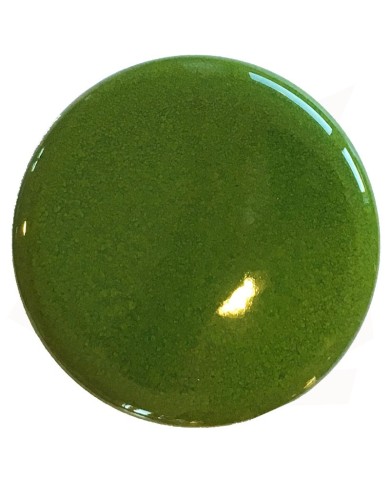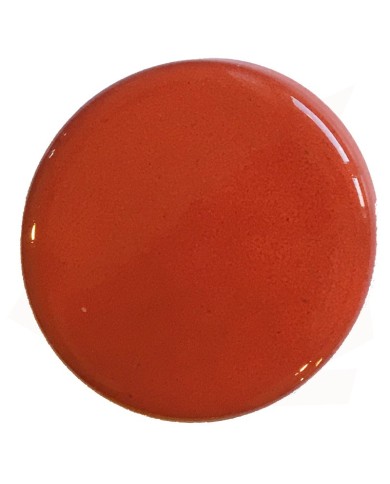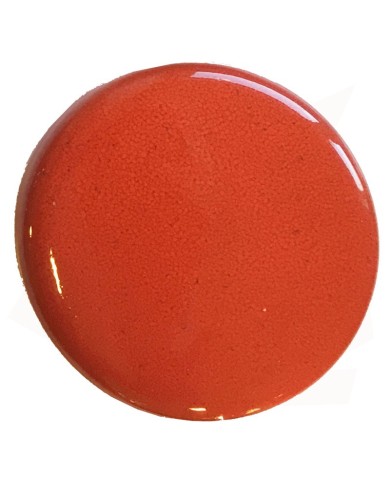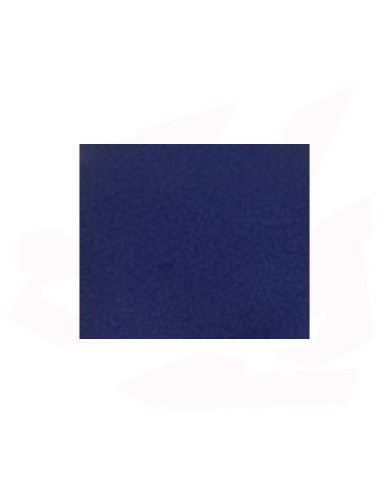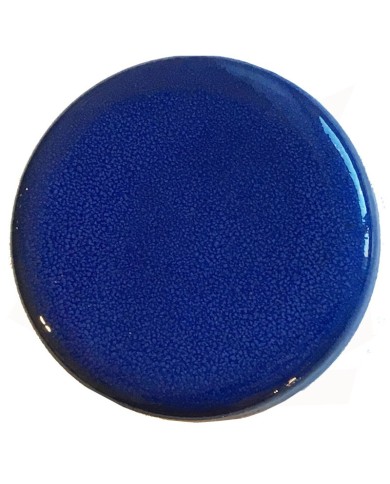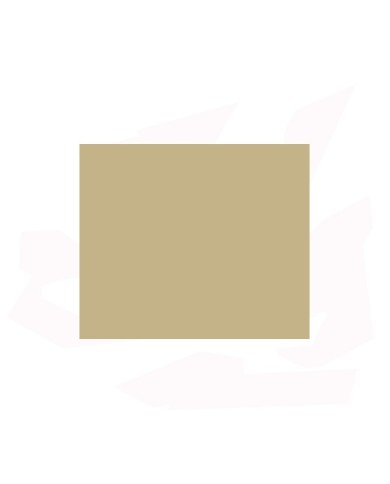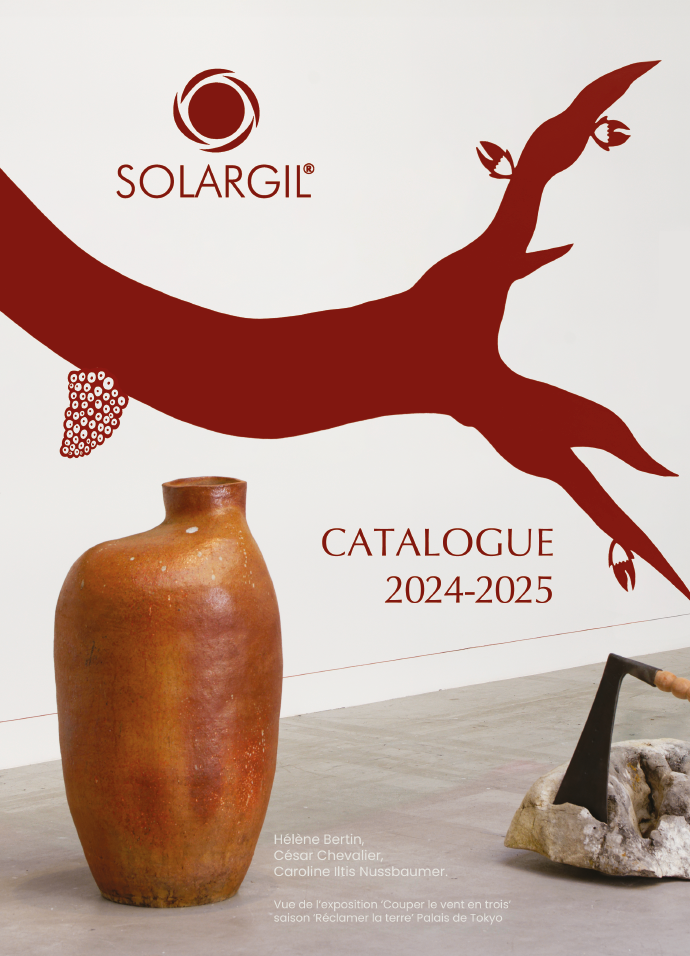Matt white - ES600
Temperature of firing : 950-1050°C
Coeff Dilat 25-300°C: 72
Groupe I
Without lead
Green- ES580
Temperature of firing : 980-1080°C
Groupe II
With lead
Yellow- ES575
Temperature of firing : 980-1000°C
Groupe II
With lead
Orange- ES572
Temperature of firing : 950-1050°C
Groupe II
With lead
Transparent Glaze - ES569
Lilac - ES546
Temperature of firing : 960-1040°C
Groupe II
With lead
Shiny transparent glaze - ES510/FR
Green transparent - ES418
Temperature of firing : 960-1040°C
Groupe III
With lead
Dark orange - ES279
Temperature of firing : 950-1050°C
Groupe III
With lead
Yellow sun - ES275
Temperature of firing : 950-1050°C
Groupe III
With lead
Orange - ES274
Temperature of firing : 950-1050°C
Groupe III
With lead
Middle green- ES265
Temperature of firing : 950-1050°C
Groupe III
With lead
Clear green- ES263
Temperature of firing : 950-1050°C
Groupe III
With lead
Cadmium intense green glaze ES261
With lead
Firing temperature : 950-1050°C
Red cadmium with lead glaze ES259
Firing temperature : 950-1050°C
Red cadmium - ES253
Temperature of firing : 950-1050°C
Groupe III
With lead
Dark blue - ES244
Temperature of firing : 950-1050°C
Groupe III
With lead
Blue - ES243
Temperature of firing : 950-1050°C
Groupe III
With lead
Matt transparent glaze - ES1600
Temperature of firing : 850-1050°C
Coeff dilat 25-300°C: 65
Groupe II
With lead
SATINY LEATHER OPAC EFFECTS GLAZE : ES142
Satiny leather - ES142
Temperature of firing : 950-1050°C
Groupe I
Without lead
Black matt - ES139
Temperature of firing : 950-1050°C
Groupe I
Without lead

